20. February 2023 - News
PAX Rescue Bag RTS AIR
Summit cross meets lighthouse
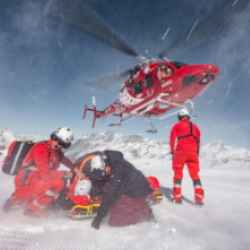
Mission on the Matterhorn
©Christian Pfammatter
Summit cross meets lighthouse - from horizontal net to medical product - about the successful cooperation of MK-MED Medizintechnik AG (hereinafter MK-MED), Air Zermatt AG (hereinafter "Air Zermatt") and X-CEN-TEK GmbH & Co. KG (hereinafter PAX-Bags) using the PAX Rescue Bag RTS AIR as an example.
With the PAX Rescue Bag RTS AIR, one of the few rescue bags approved as a medical device was developed and brought to market maturity.
In 2016, the foundation for the development of the PAX Rescue Bag RTS AIR was laid. With Manfred Kinnast, (CEO, MK-MED Medizintechnik AG), Dr. Axel Mann (former Medical Director, Air Zermatt) and Dr. Nils Lasse Schneider (Product Manager, PAX-Bags), the PAX Rescue Bag project of these three major innovation drivers started.
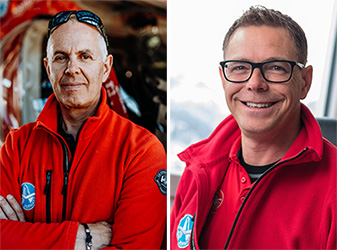
From left:
Gerold Biner
(CEO / ACM, Air Zermatt) ©AtemCollective
Günther Willisch
(Co-Leiter RD / Co-CRO / RS, Air Zermatt)
©Christian Pfammatter/Visp CH
The development of the PAX Rescue Bag RTS AIR was intended to set new standards for patient transport in the field of air rescue. In addition to a perfectly coordinated and functioning rescue bag, the product was also intended to provide rescuers with the necessary legal security in the field and to exclude possible legal repercussions from the use of the bag due to missing certificates with regard to compliance with the regulations for medical devices, the Medical Device Regulation - MDR. The PAX Rescue Bag RTS AIR is currently one of the few rescue bags approved as a medical device in the field of air rescue.
Three years have now passed since the market launch. At this year's Big Sick in Zermatt, we met our project partners and took the opportunity to look back since the market launch. In addition to the interesting practical experiences, we would also like to take this opportunity to discuss the handling of medical devices in the field of air rescue. Has the range of approved products changed, do the strict regulatory conditions with regard to medical products also take effect in this area?
We welcome Gerold Biner (CEO / ACM, Air Zermatt) and Günther Willisch (Co-Head of Rescue / Co-CRO / Paramedic, Air Zermatt), Manfred Kinnast (CEO, MK-MED) and Oliver Kohle (Head of Marketing / eCommerce, PAX-Bags), with a hearty "Moin" in this round.
Summit cross meets lighthouse - theres a big distance between the regions. How did the collaboration come about?
Gerold Biner: We were approached about a possible cooperation through the good connection with Manfred Kinnast and PAX-Bags.
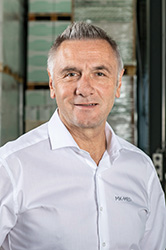
Manfred Kinnast
(CEO, MK-MED)
Manfred Kinnast: : I have been actively involved in Air Zermatt's air rescue since 1986. This has allowed me to become very familiar with all the rescue products used by Air Zermatt. The company MK-MED is still closely connected to Air Zermatt with my person and is active for further developments and product procurement. The idea to develop a new rescue bag arose from this cooperation.
Oliver Kohle:The cooperation with MK-MED started in the early years of PAX-Bags. The very special requirements of the Swiss market, especially in mountain and air rescue, made adjustments to standard products indispensable right at the beginning. The contact with Air Zermatt then also arose from various successful projects.
Manfred, can you still remember the first PAX product for Air Zermatt?
Manfred Kinnast: Yes, that was the PAX Wasserkuppe L-ST FT2.
Air Zermatt, MK-MED and PAX-Bags are three innovation drivers in their respective industries. How well does such a cooperation work and how do you imagine it in a project lasting several years? ?
Gerold Biner: : The openness of the manufacturer to the needs of the end user seems to be important. PAX-Bags and MK-MED have solved this excellently.
Manfred Kinnast: : In a project like this, everyone usually knows their tasks and duties, and there is a close exchange in production and development, which in turn leads to high efficiency.

Oliver Kohle
(Head oft Marketing
eCommerce
PAX-Bags)
Oliver Kohle: We northern Germans are often said to be mouthy. I don't want to go into that now. This northern German composure / calmness ultimately leads to more speaking time being available to the counterpart. Seriously: In the first project phase, it is immensely important to listen in order to understand these very specific challenges and then to recognize and solve them in the ongoing project. As the project progressed, this turned into intense discussions with regular sharing of new insights and project progress. All in all, it was a very challenging project that involved a lot of coordination (online, offline or even directly under the summit cross).
With the PAX Rescue Bag RTS AIR, a new rescue bag for air rescue was developed in intensive cooperation. How often is such a rescue bag used at your location?
Günther Willisch: : At Air Zermatt (locations Zermatt, Gampel and Raron) the PAX Rescue Bag RTS AIR is used on average 5 times a day.
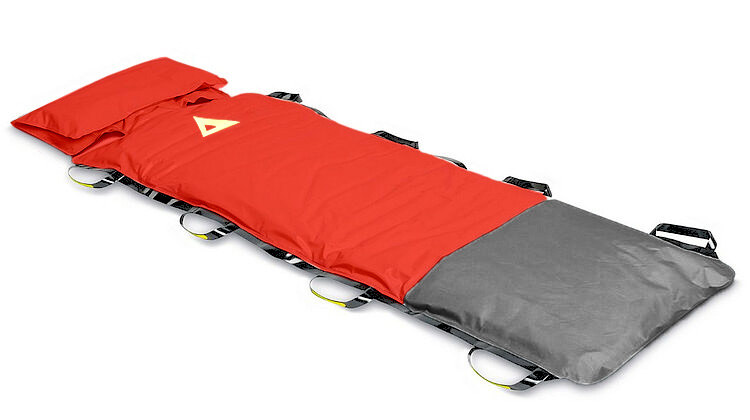
PAX rescue bag RTS AIR with integrated PAX vacuum mattress AR2
What are the special features of the PAX Rescue Bag RTS AIR?
Günther Willisch: The PAX Rescue Bag RTS AIR has an integrated vacuum mattress with a head fixation, which allows a good immobilization. On the outside, the rescue bag has on the one hand a loop system hangers for attachment to the winch or to the longline and on the other hand a separate carrying loop system.
The color-coded compression straps and the internal gathering system in the head area allow the bag to be individually adjusted to the patient.
Manfred Kinnast: The PAX Rescue Bag RTS AIR is manufactured completely without hooks and loop straps and has a well thought-out lateral compartment system for the hanger and the carrying loop system. In addition, an anti-rotation sail can be installed depending on the application. Otherwise, it finds a good accommodation in the bottom compartment. Furthermore, the suction pump compartment is located on the foot side in such a way that it does not interfere with the flight characteristics of the rescue bag. In addition, we have developed a very innovative head hood that provides optimal wind and weather protection.
How much do these special features help in daily use?
Günther Willisch: In daily use as well as with the cooperation with our partners (piste rescue services, mountain rescue specialists, etc.) the simple and self-explanatory functionality of the PAX Rescue Bag RTS AIR helps most of all. It is absolutely functional and versatile.
Manfred Kinnast: The simple handling enables very time-efficient work and offers a high safety standard. The easy handling and the color-coordinated zippers allow an intuitive and time-optimized care of the patient.
Differences to existing products. What is particularly striking?
Günther Willisch: The PAX Rescue Bag RTS AIR has very good flight characteristics, even during winch actions. In addition, the carrying loop system / hanger used for winch recovery is easy to use, the source of error is reduced to a minimum compared to conventional rescue bags.
ManfredKinnast:The wind and weather protection is unique in handling and can also be used individually. The hanger is already pre-installed in the side pockets and can be removed in the simplest way (without twisting) and hooked onto the winch hook.
What are the flight characteristics in general?
Günther Willisch: The flight characteristics have proven to be excellent.
Manfred Kinnast: The well-balanced hanger and the integrated vacuum mattress ensure compact care of the patient in the rescue bag. The two products are perfectly matched to each other. This ensures that the rescue bag is always in a horizontal position, which raises the flight characteristics to a very high level.
How do pilots rate the flight characteristics?
Gerold Biner: From the pilot's point of view it can be stated that the flight characteristics of the PAX Rescue Bag RTS Air do not present any problems and thanks to the sail there are no rotations.
![[Translate to EN:] The current size of the sail could be reduced to the final size through a multitude of tests.](/fileadmin/user_upload/160900301_01_pax_segel_fu_r_pax_rettungssack_air_zermatt.jpg)
The current size of the sail could be reduced to the final size through a multitude of tests.
How well can the PAX Rescue Bag RTS AIR be controlled with the sail?
Günther Willisch: Feedback from various doctors who used the sail in the field was all positive. The colleagues are enthusiastic about the efficiency.
Manfred Kinnast: In many situations where only a static winch action is possible, it works excellently. We were able to reduce the current size in use to this final small size through a large number of tests.
How well does the combination of PAX Vacuum Mattress AR 2 and PAX Rescue Bag RTS AIR work specifically in terms of patient care?
Günther Willisch: The combination of the PAX Vacuum Mattress and PAX Rescue Bag RTS AIR works perfectly. The vacuum mattress adapts very well to the patient and complete immobilization can also be performed very well.
Manfred Kinnast: The easy handling and the color-coordinated zippers allow an intuitive and time-optimized care of the patient.
Is the rescue bag exclusively for mountain rescue or also in the "off-shore" area
(ship rescue, drilling platforms)?
Günther Willisch: Personally, I can only report from my experience in mountain rescue, but I can very well imagine that the rescue bag will also be of good service in the "off-shore" area.
Manfred Kinnast: The rescue bag can also be used in bad weather for terrestrial use outside of air rescue in the mountains.
Can the rescue bag also be used for crevasse rescue?
Günter Willisch: Yes, as long as the crevasse is wide enough.
Manfred Kinnast: In this case, it can only be used if the crevice is wide enough or large enough, but this is always an individual decision at the site of operation.
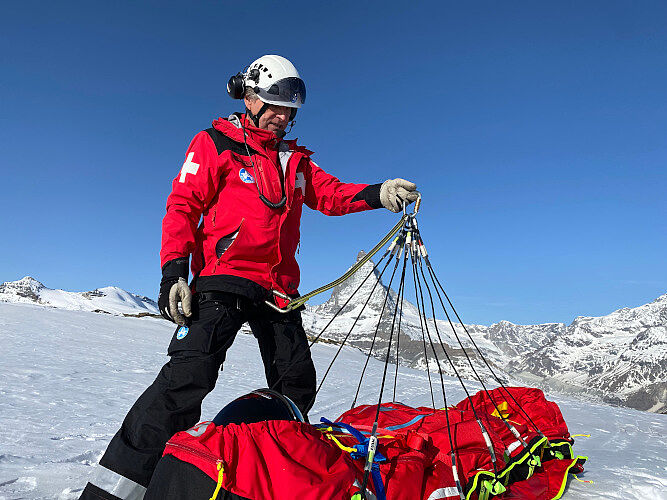
PAX RTS AIR - hanger
Would a shorter hanger be desirable (e.g. terrestrial rescues 3-leg or Fazer winch)?
Günther Willisch: For our area of operation, a shorter hanger is not absolutely necessary.
Manfred Kinnast: Yes, a shorter hanger would be desirable for ground rescue and 3-leg rescue. However, it should be used with caution for air rescue. The shorter the hanger, the more unstable the flight characteristics become, which can lead to aggressive rotations in particular, and thus the sail must always be installed.
How is the handling in use, with and without patients?
Günther Willisch: Without the patient, the PAX Rescue Bag RTS AIR can be stowed compactly and is therefore easy to bring to the patient. With the patient, handling is functional and uncomplicated.
Manfred Kinnast: With Air Zermatt, the rescue bag is always brought to the patient in a folded state. This is a very efficient procedure both for a winch operation and for a possible landing. The rescue bag is also ideally suited for interhospital transfers.
Air Zermatt uses the CPR from Corpuls, this also works in conjunction with the PAX Rescue Bag RTS AIR?
Günther Willisch: Yes, the combination of Corpuls CPR and the PAX Rescue Bag RTS AIR is possible without any problems.
Manfred Kinnast: The new development of the PAX Rescue Bag RTS AIR is also excellently suited for this application. The good flight characteristics are maintained.
Has the passive thermal protection proven itself in winter?
Günther Willisch: Yes.
Manfred Kinnast: According to patients, the thermal protection is very comfortable in winter. Of course, there is still room for improvement here for the integration of an active thermal system.

Dr. Nils Lasse Schneider
Produktmanagement
PAX-Bags
With the new EU regulation for medical devices - MDR - significantly stricter regulations than under the previous directive will apply within Europe and Switzerland from May 2021 at the latest. The legal uncertainty surrounding rescue bags for rescuing patients has been abolished by a recommendation of an EU working group. How much is your industry affected by this? How much effort is required to meet these regulatory requirements?
Oliver Kohle: When a new product is developed, all the requirements are taken into account right from the start. The actual additional effort is not insignificant. Extensive tests and the corresponding documentation naturally lead to increased effort.
Do these regulations actually also apply to the Swiss market?
Günther Willisch: The short answer is "yes". The detailed answer is that the Swiss Medical Devices Ordinance - MepV - largely adopts the requirements of the European Medical Device Regulation - MDR. Medical devices placed on the market in Switzerland need a European CE MD mark and a responsible Swiss representative.
It is urgently recommended to rescue organizations and health care facilities to check this for their products, as by far not all suppliers comply with these requirements.
Manfred Kinnast: This was one of the reasons for the complete new development of a rescue bag considering the requirements with final approval according to MDR.
The PAX Rescue Bag RTS AIR is one of the very few rescue bags approved as a medical device. How have competitors reacted to the product launch?
Oliver Kohle: To be honest, there are hardly any reactions on the market. We are curious to see how the situation will develop. However, we are noticing from the increasing national and international demand that there is movement in this area.
The effort required to meet the MDR requirements is enormous. Is this extra effort worth it? Do the strict regulatory requirements strengthen the legal security of the user in use ?
Do the strict regulatory requirements strengthen the legal security of the user in use ?
Oliver Kohle: The question of whether or not the extra effort is worthwhile does not arise from my point of view. A rescue bag is a medical device - this was recognized early on by PAX Rescue Bags and has already been classified as such several times by various experts and a working group of the EU Commission. Whoever ignores this fact - manufacturer or rescue organization - commits a non-legal use of a product. This can have consequences under both medical device and product liability law.
Ultimately, of course, it is also a matter of legal certainty in the event of use. Anyone who ignores these requirements is acting intentionally.
Thank you very much for the interview!
Manfred Kinnast (CEO, MK Medizintechnik AG)
"More safety in use, improved comfort for patients, significantly improved efficiency in air rescue and finally also legal certainty through all legally required certificates."
Picture gallery about the project
Videos PAX Rescue Bag RTS Air
PAX Rescue Bag RTS AIR
Project partner:
Air Zermatt AG
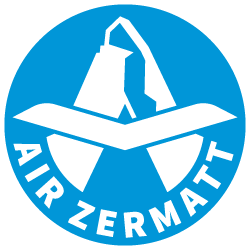
Contact
Spissstrasse 107
CH-3920 Zermatt
Telefon +41 27 570 70 07
E-Mail: marketing(at)air-zermatt.ch
MK Medizintechnik AG

Contact
Industriezone Basper 33
CH-3942 Raron
Tel. +41 27 948 10 00
E-Mail: info(at)mk-med.ch
X-CEN-TEK GmbH & Co. KG
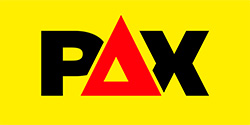
Contact:
Westerburger Weg 30
26203 Wardenburg
Deutschland
Tel: +49 (0)4407 | 7 14 76 | 0
Fax: +49 (0)4407 | 7 14 76 | 99
E-Mail: info(at)pax-bags.de
Credit
Günther Willisch © Christian Pfammatter
Gerold Biner ©AtemCollective
Bilder Rettungseinsatz © Christian Pfammatter
Bilder Rettungsflug ©Manfred Kinnast
You will find additional copyright information in the image information.
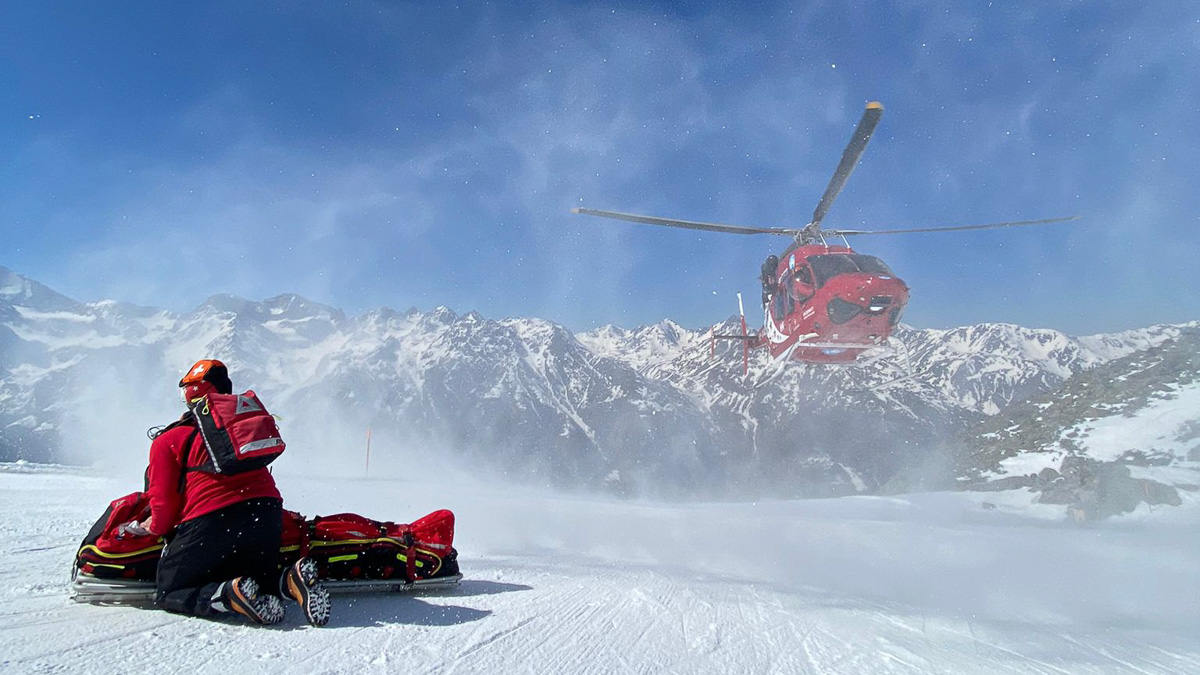
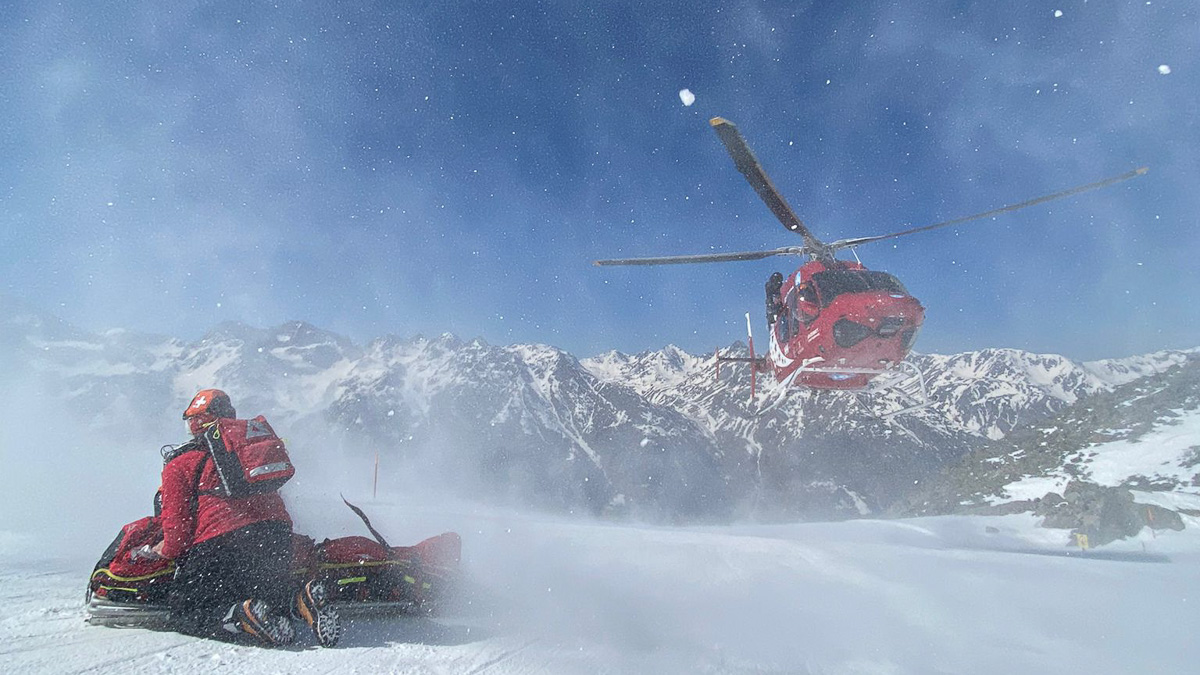
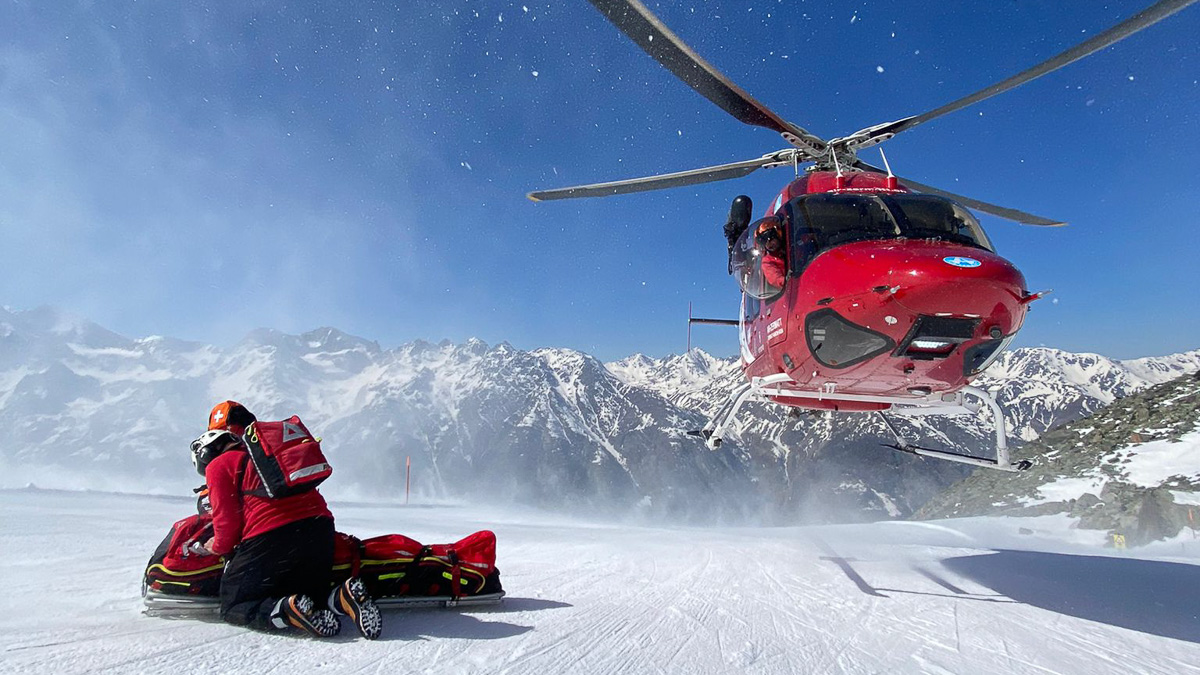
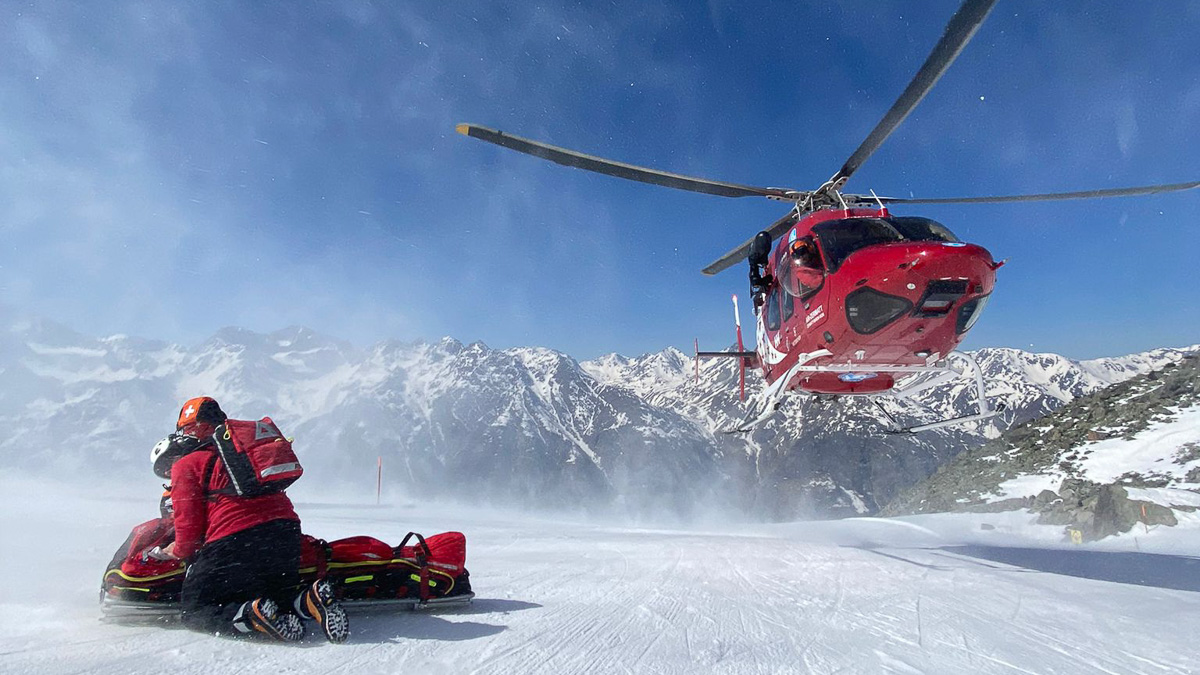
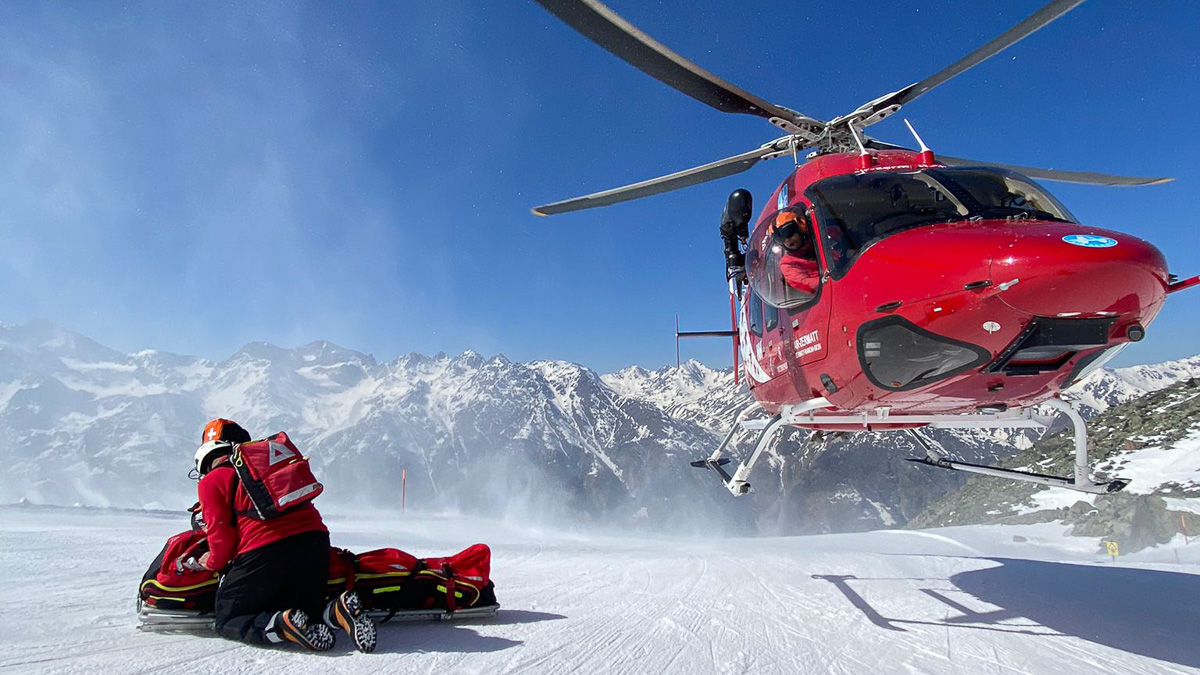
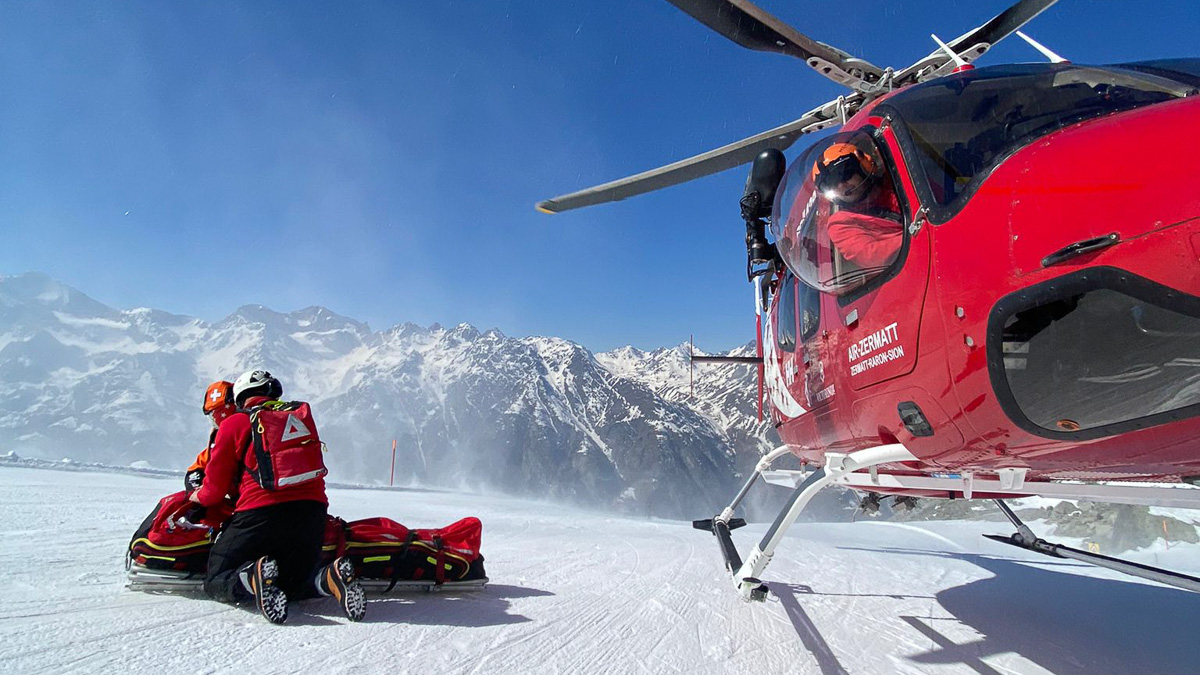
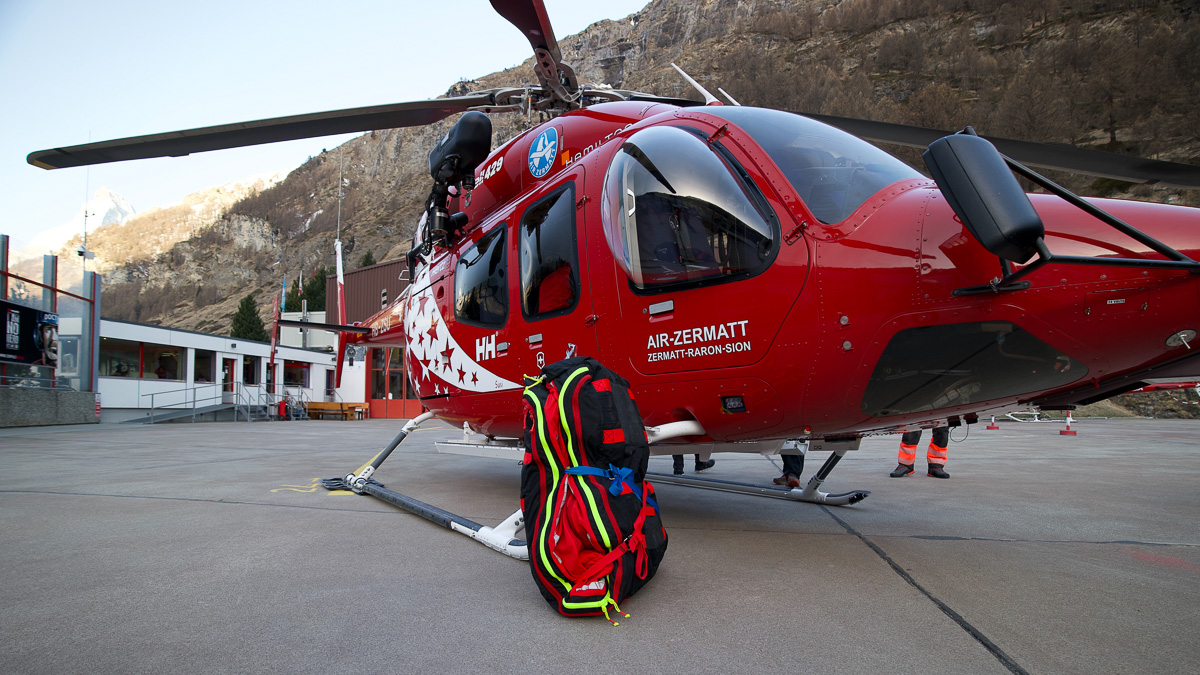
![[Translate to EN:]PAX rescue bag RTS Air in use ©Christian Pfammatter](/fileadmin/user_upload/airzermatt_bildergalerie-6.jpg)
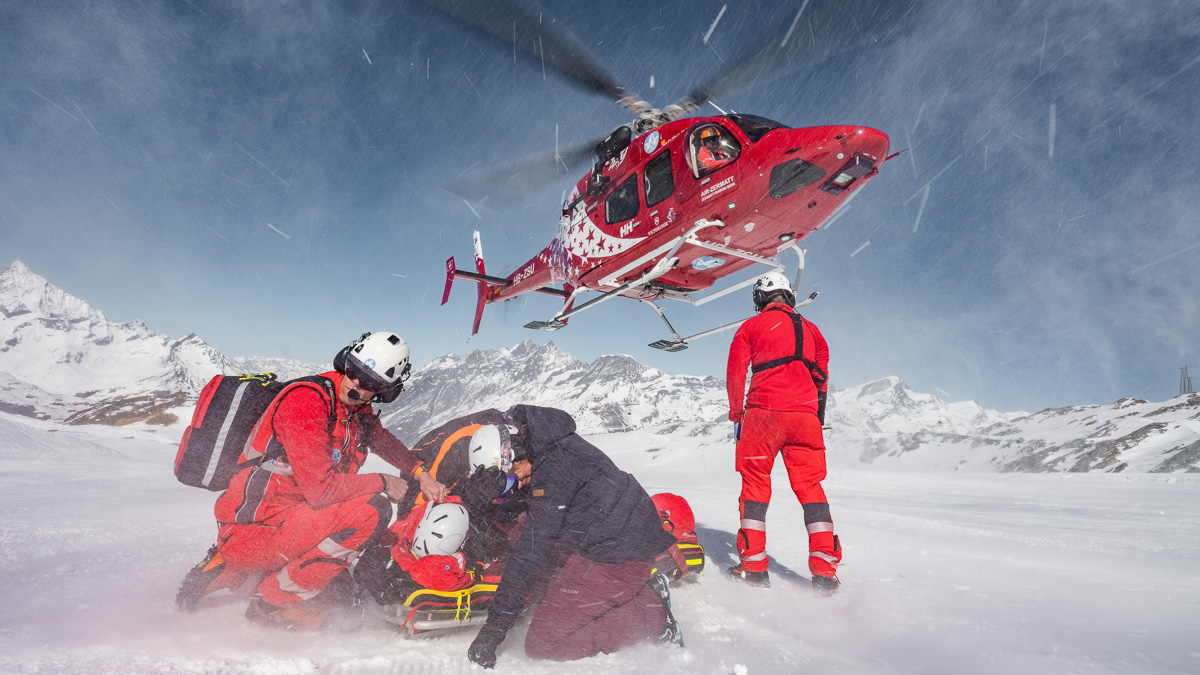
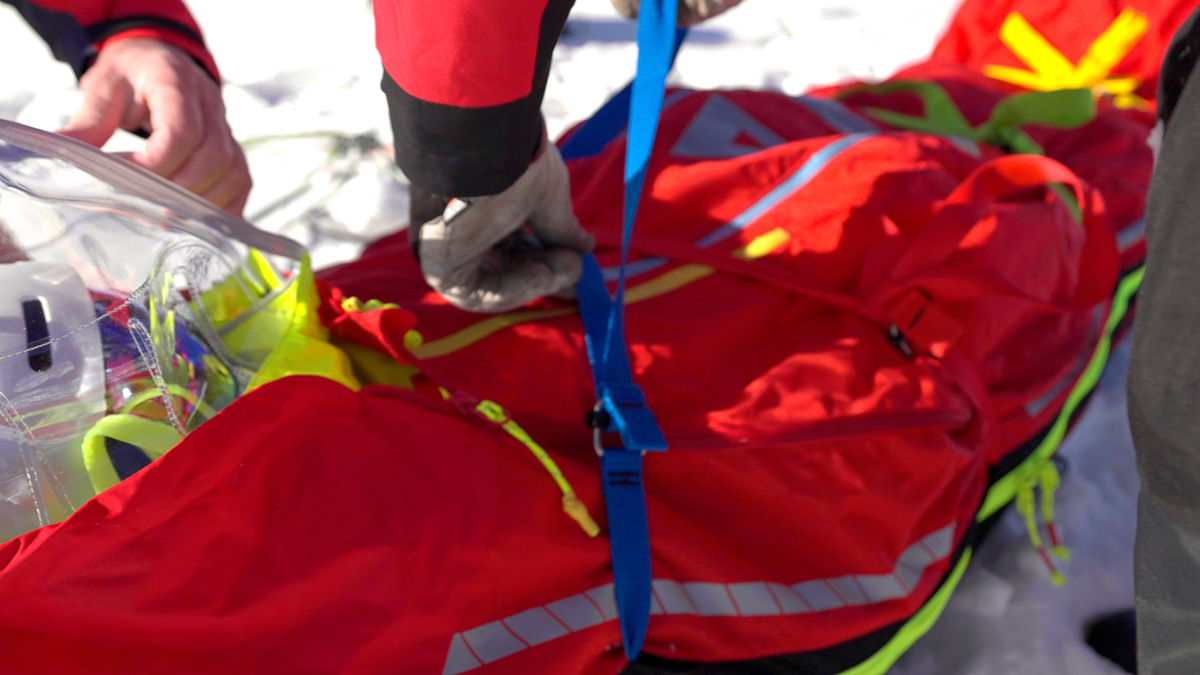
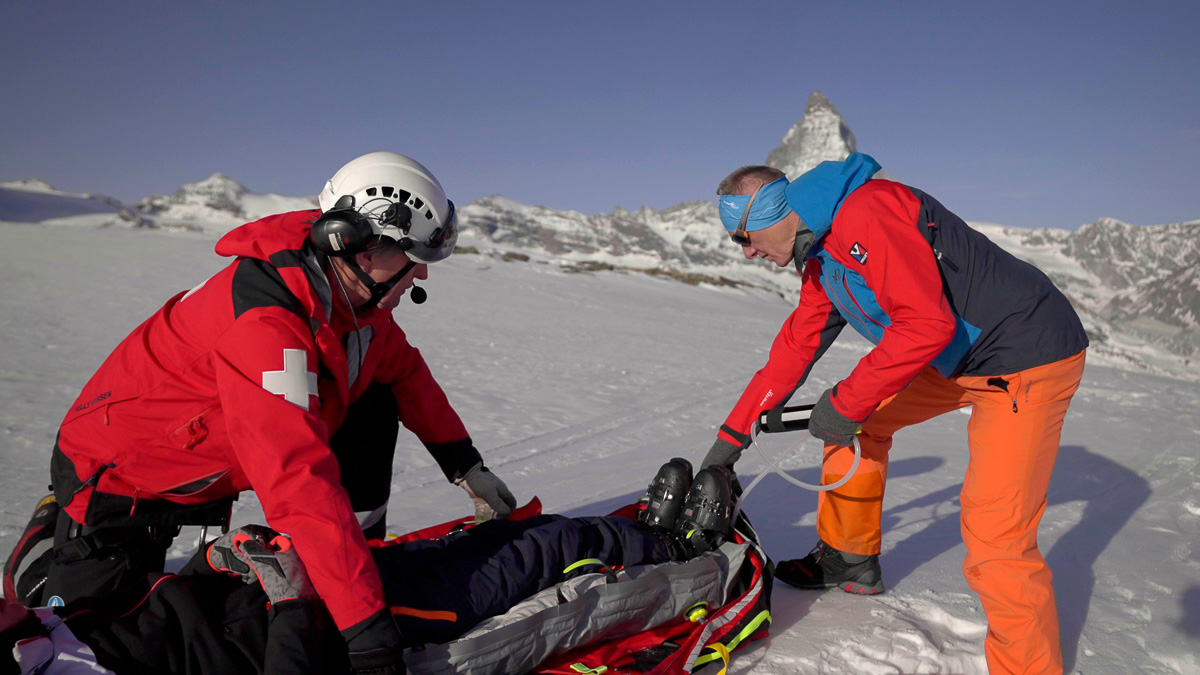

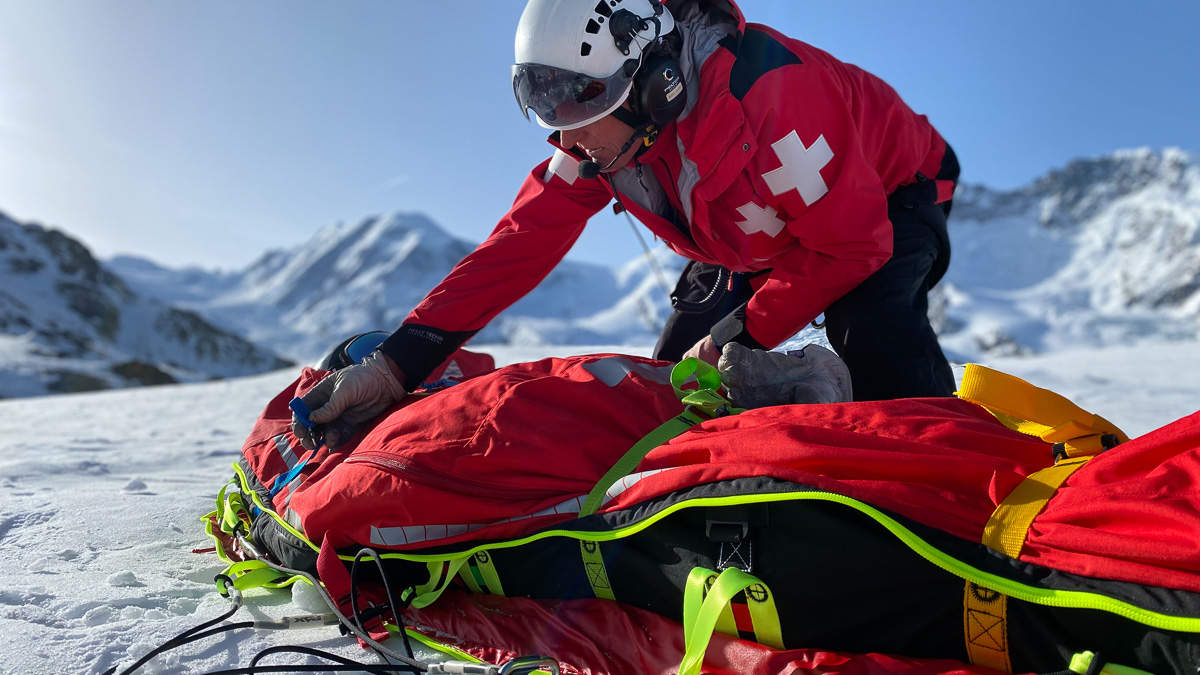
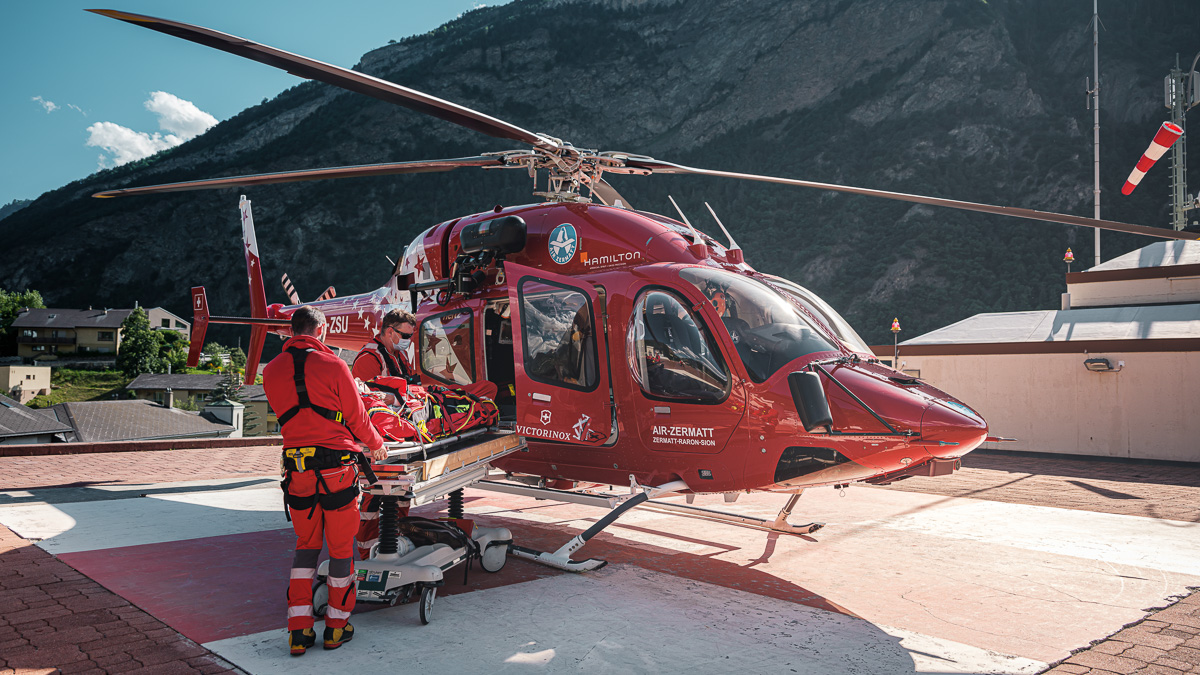
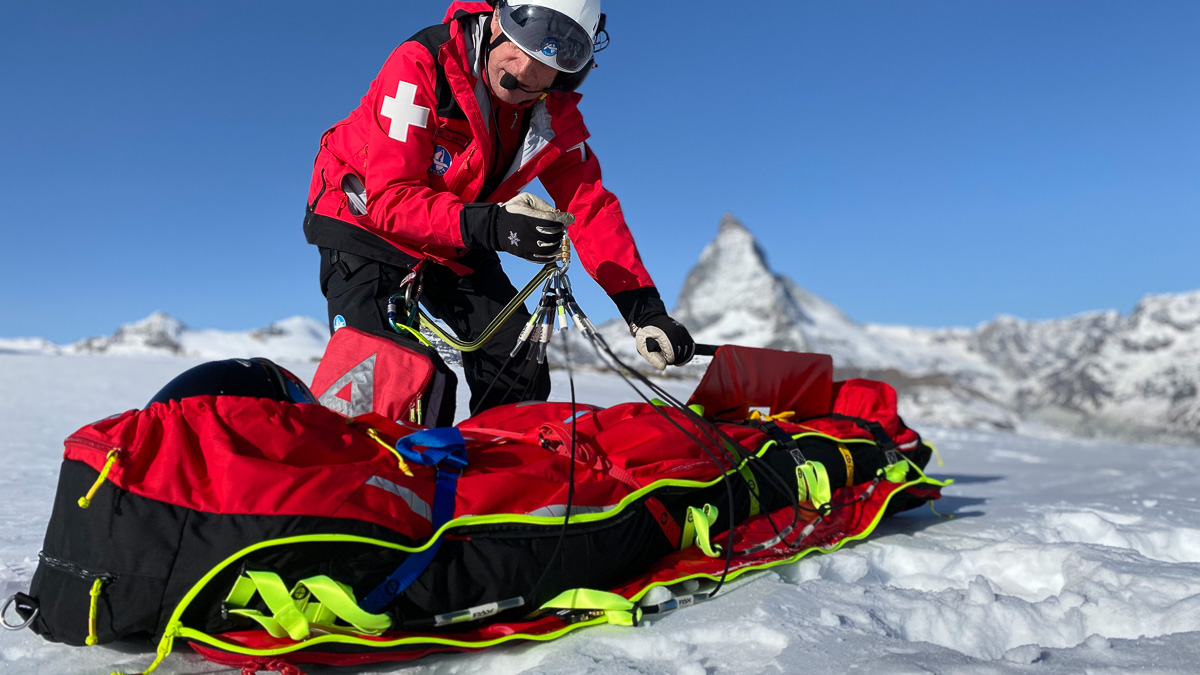
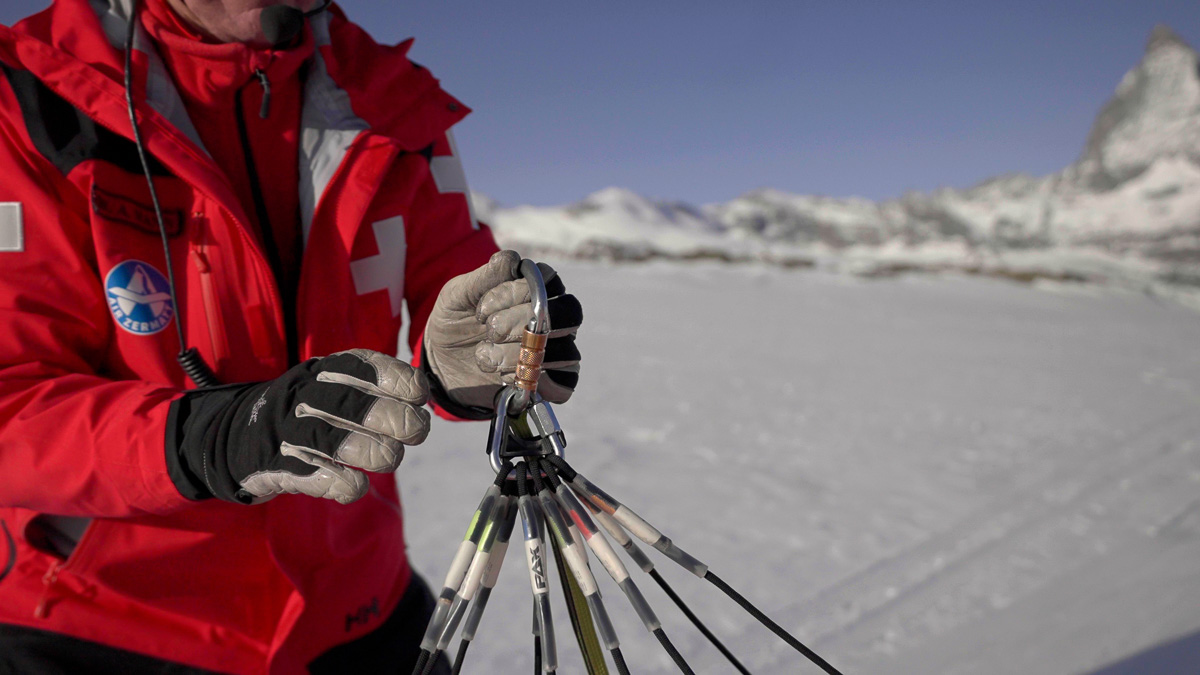
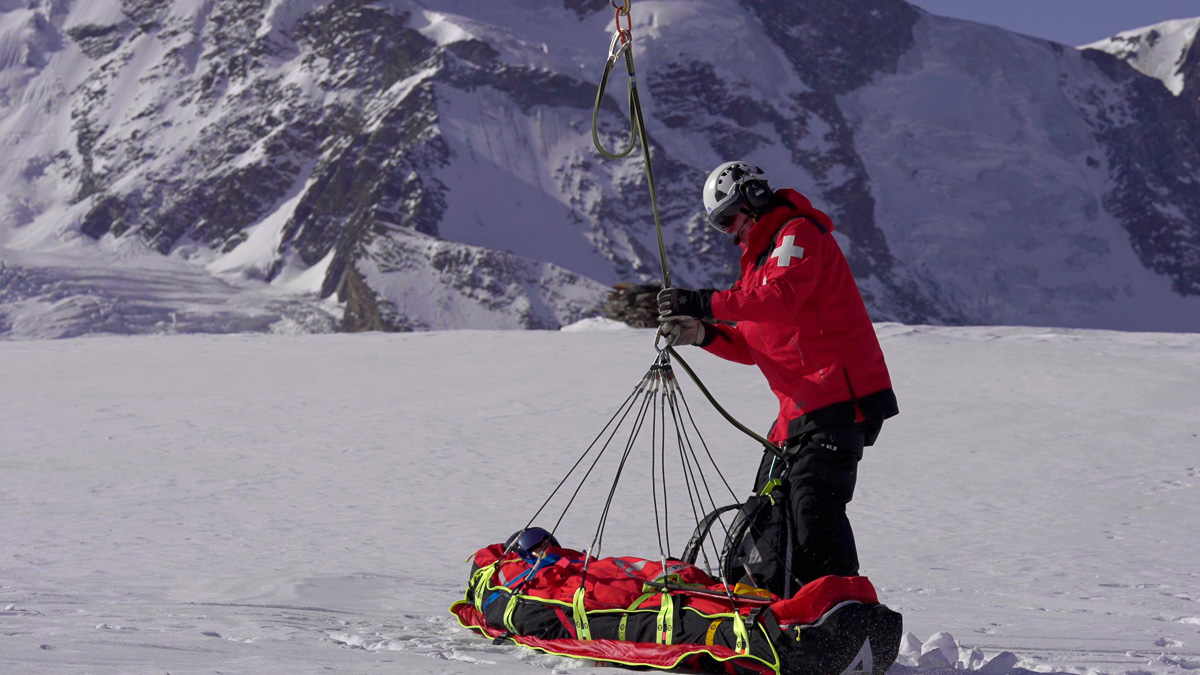
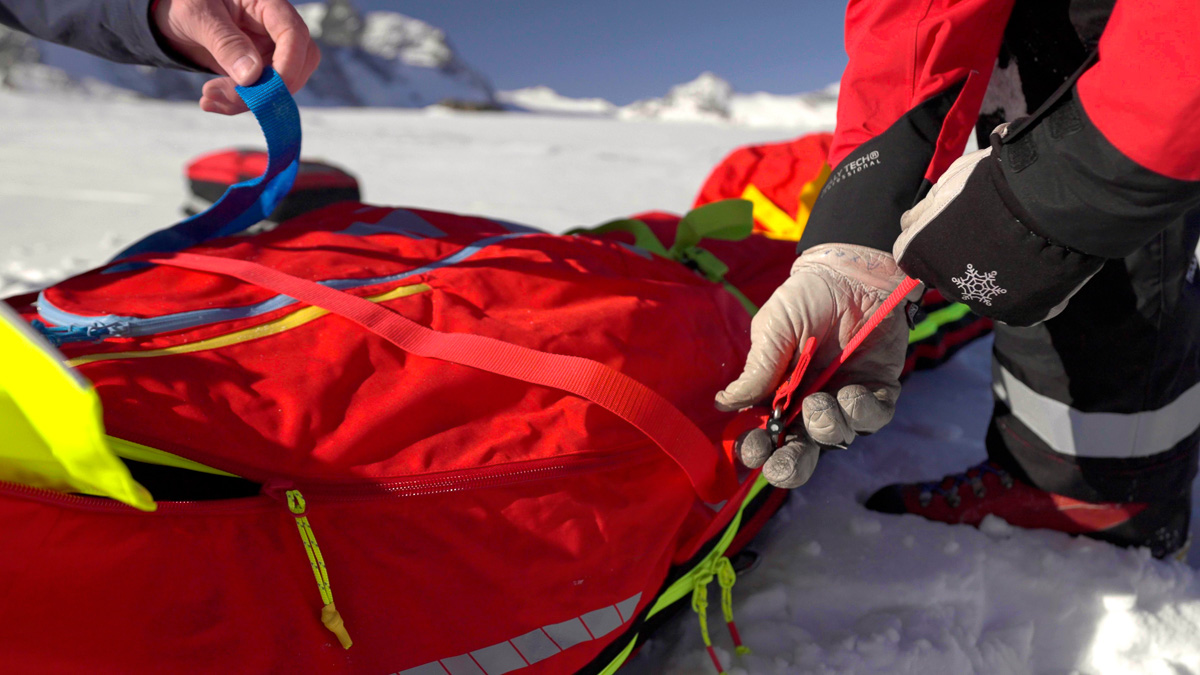

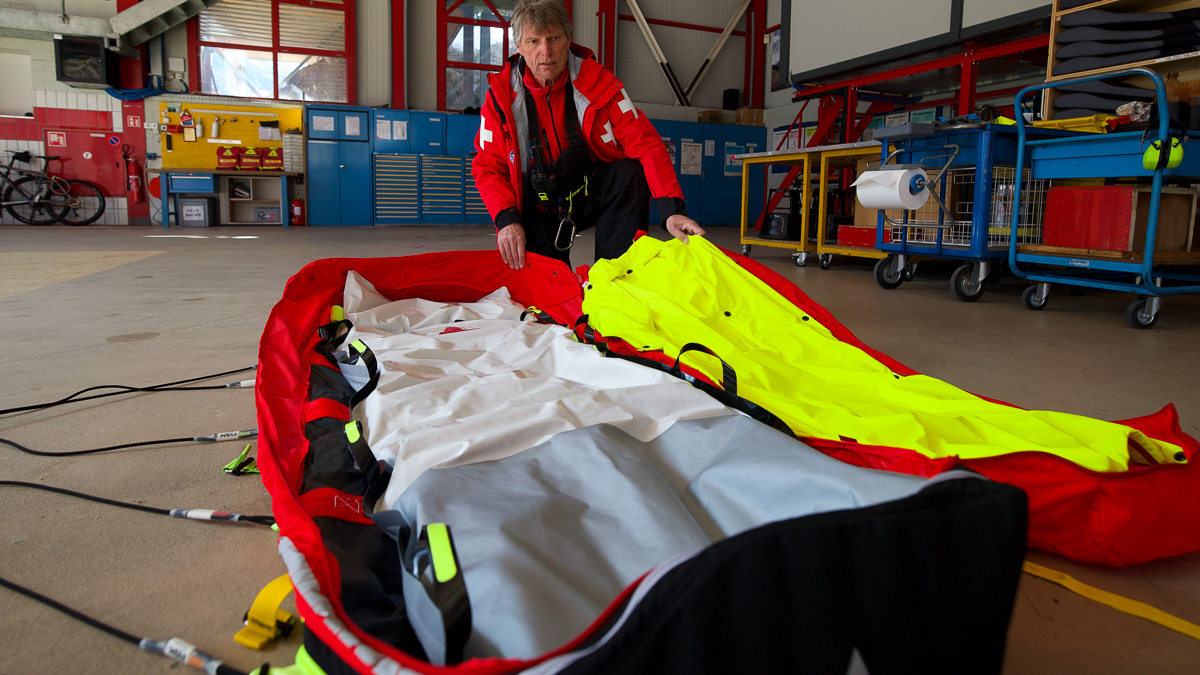
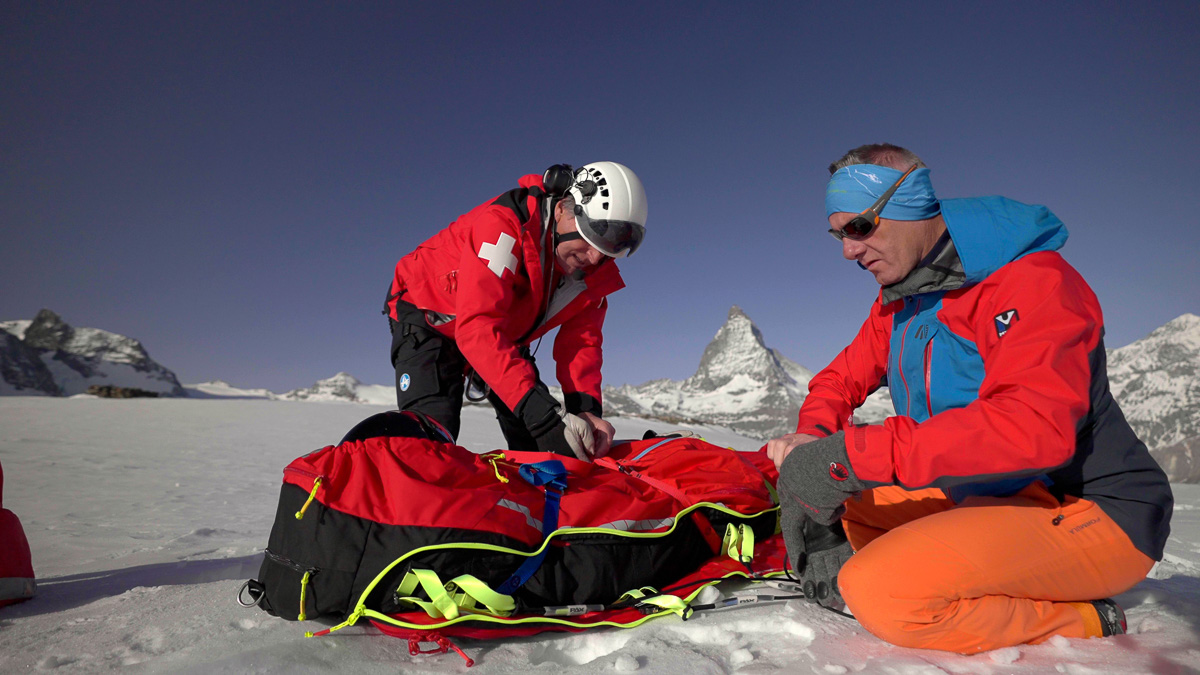
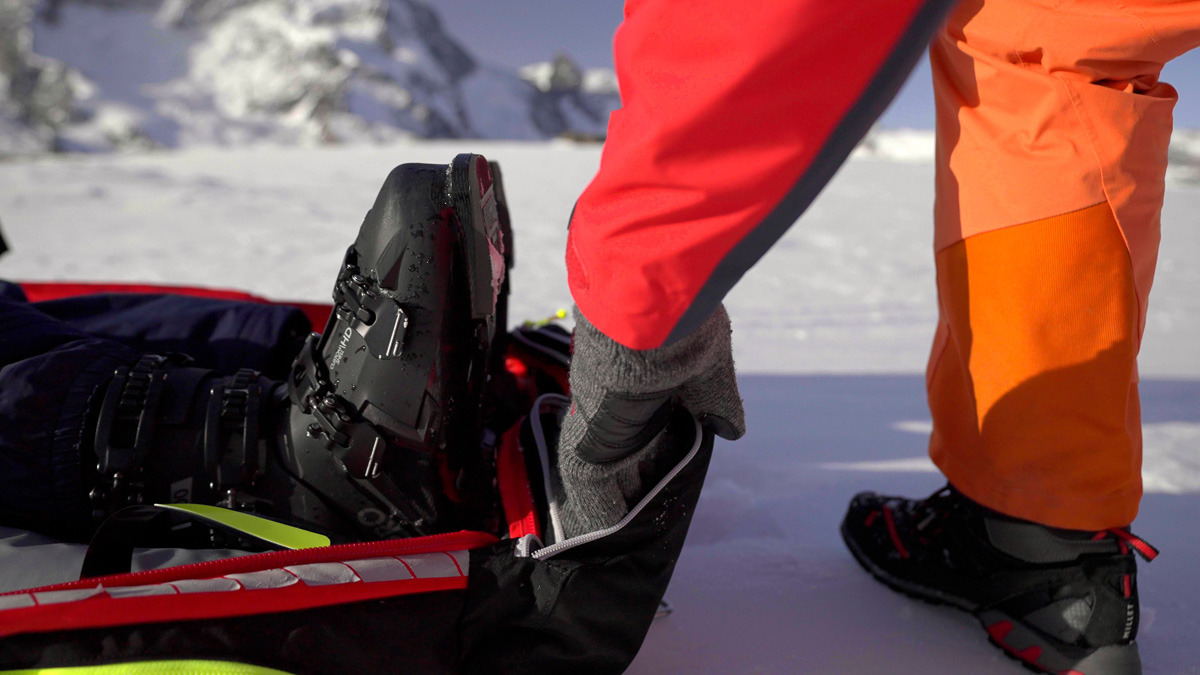
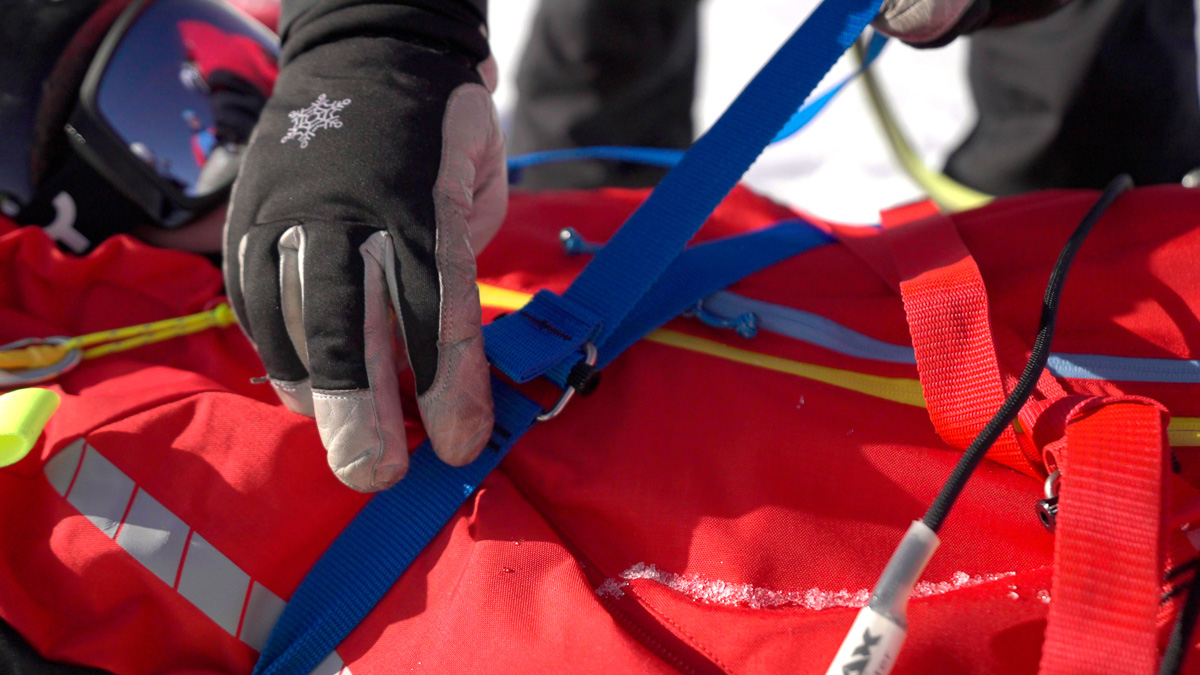

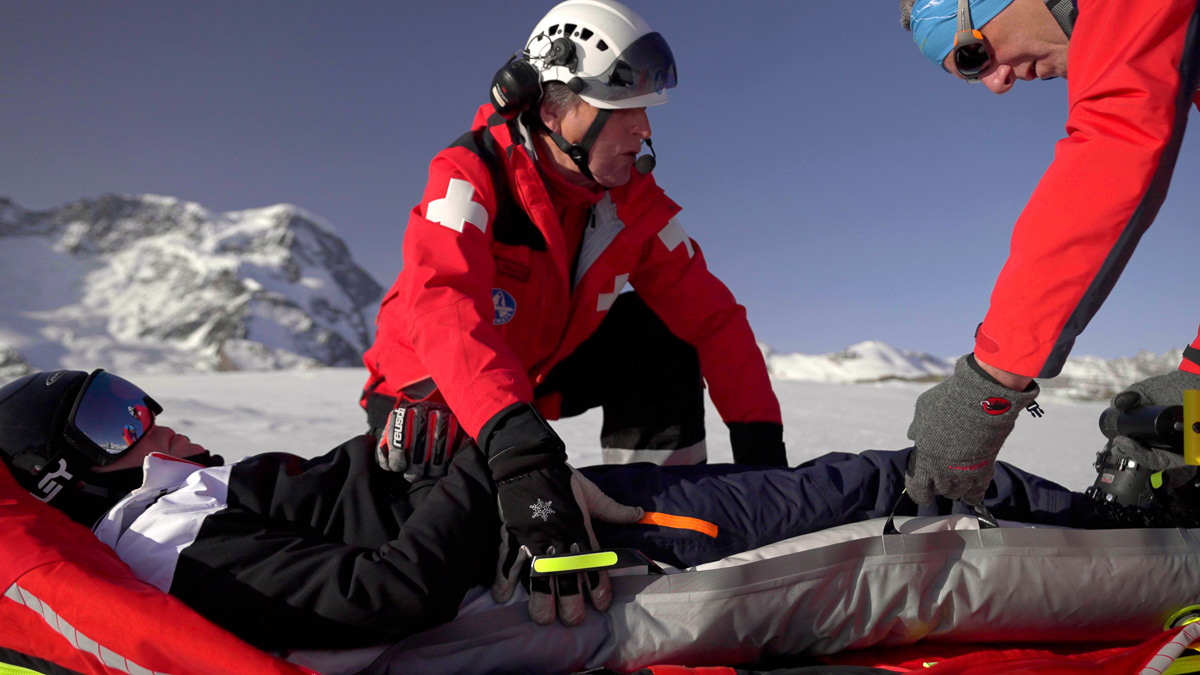
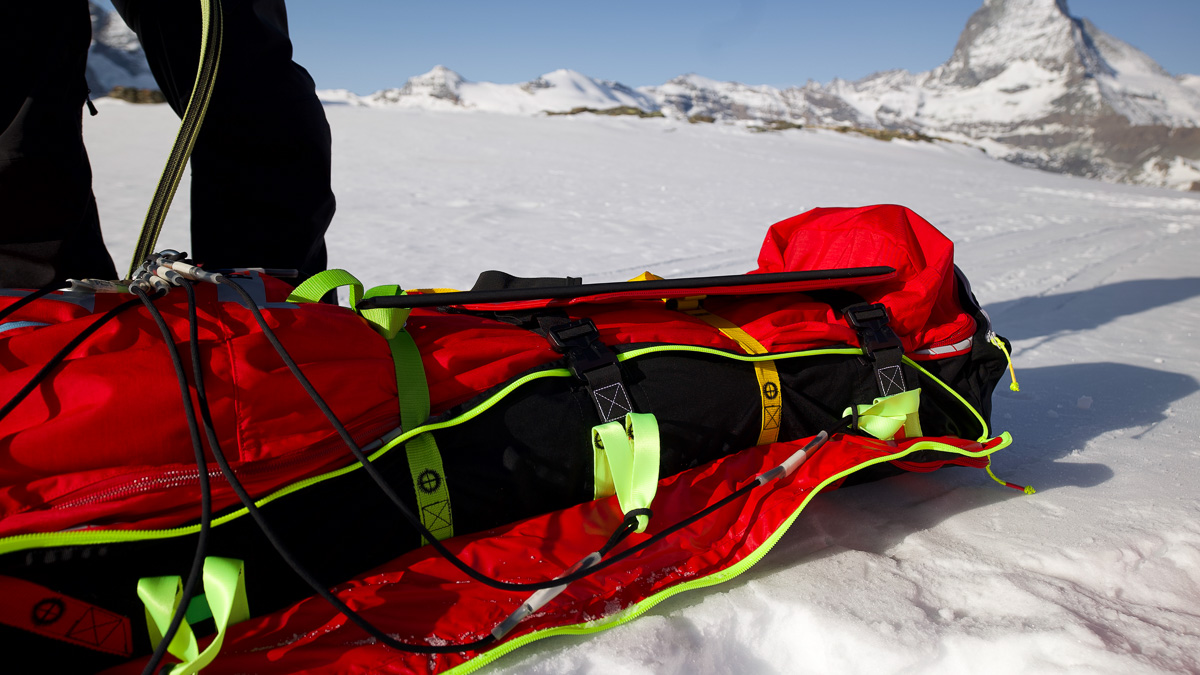
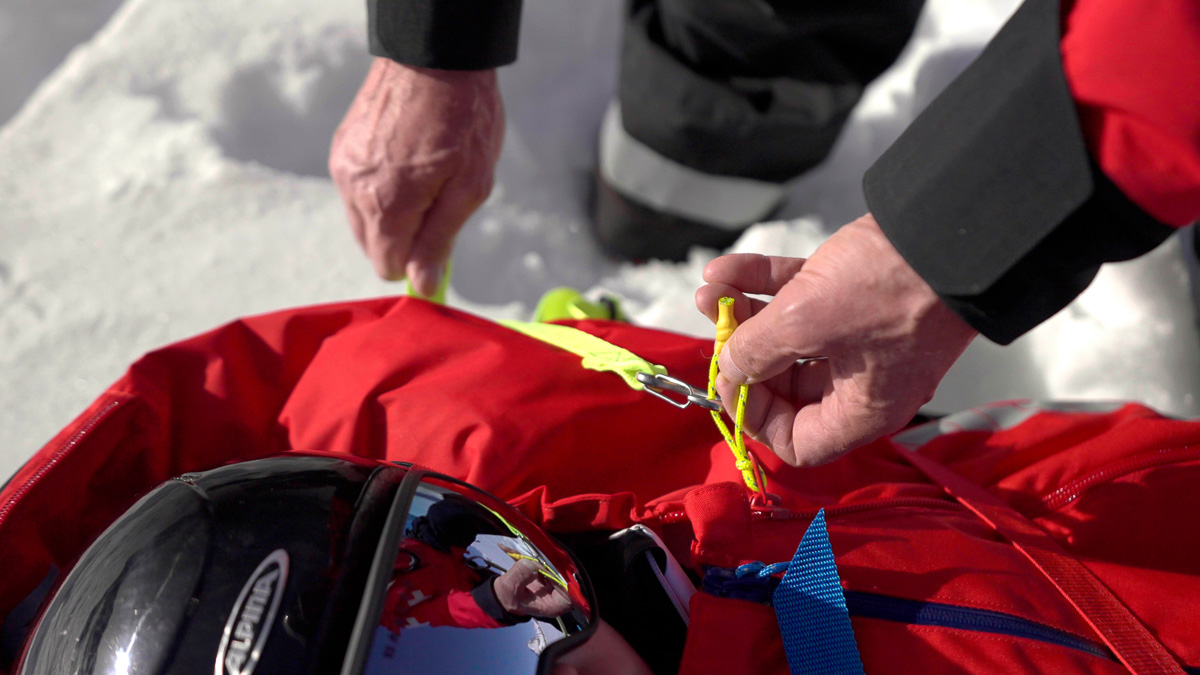
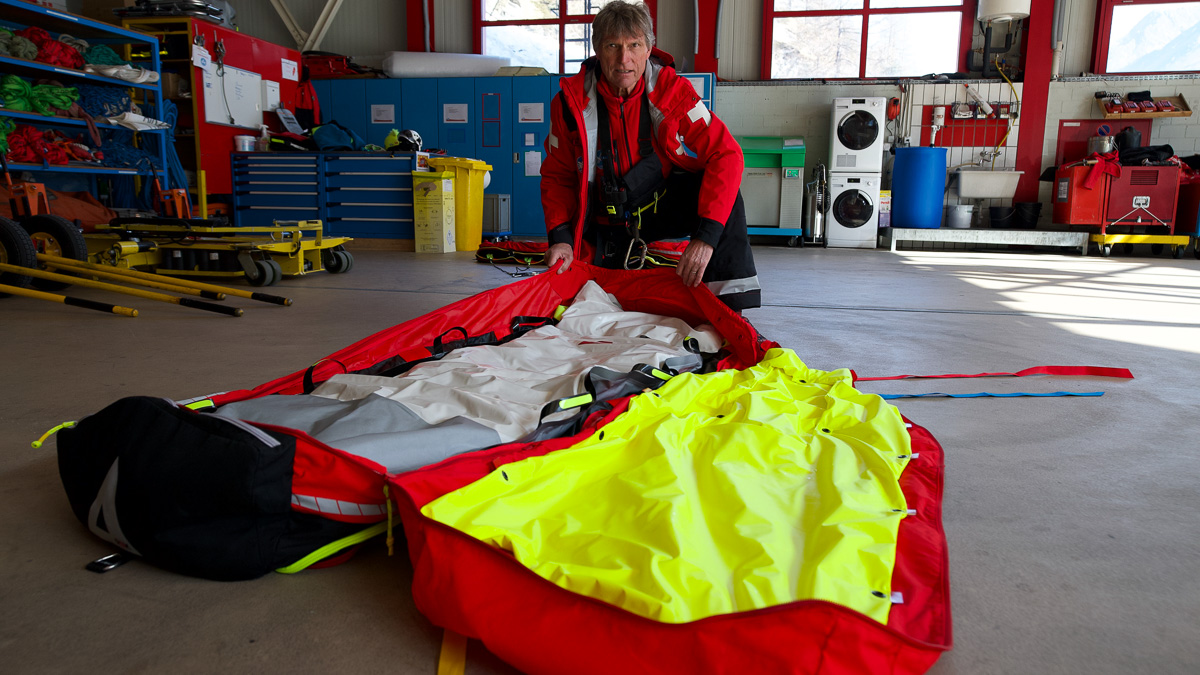
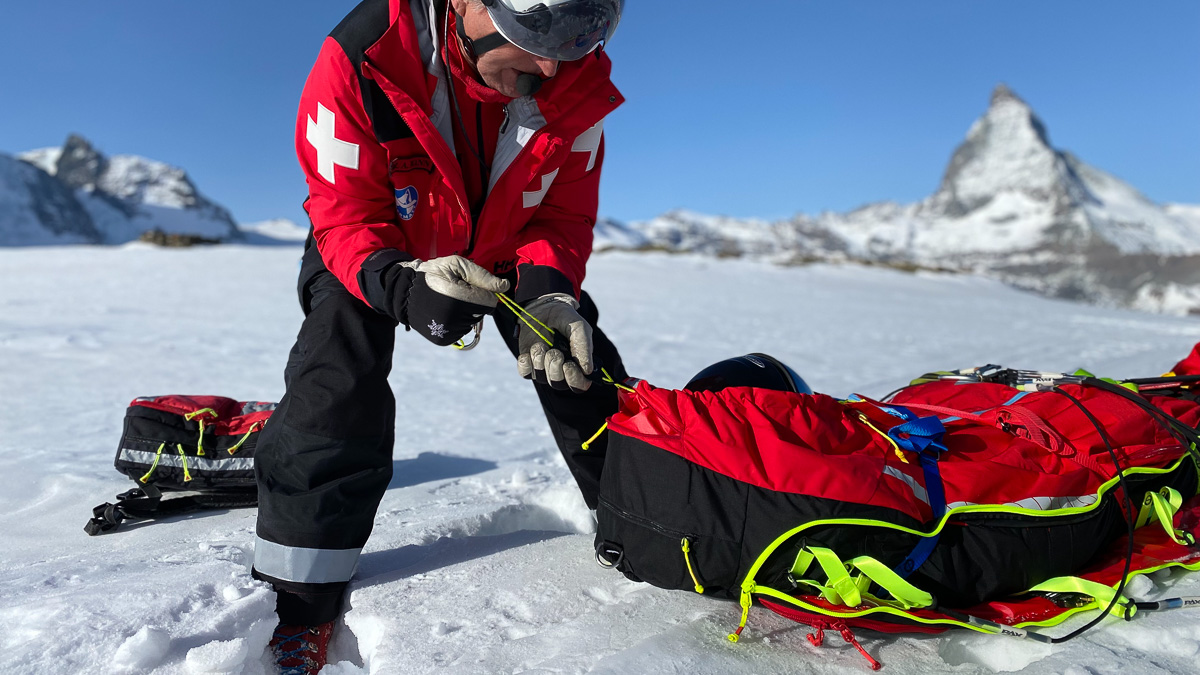
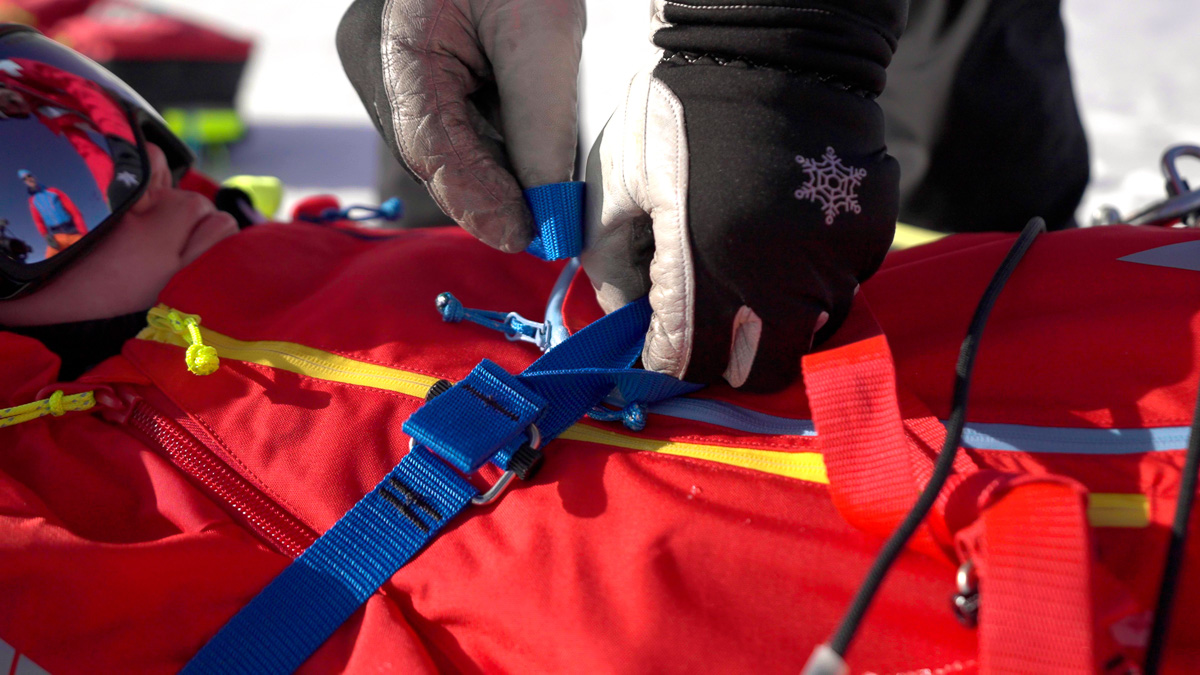
![[Translate to EN:] PAX rescue bag RTS Air detailed view flight ©Christian Pfammatter](/fileadmin/user_upload/airzermatt_bildergalerie-39.jpg)
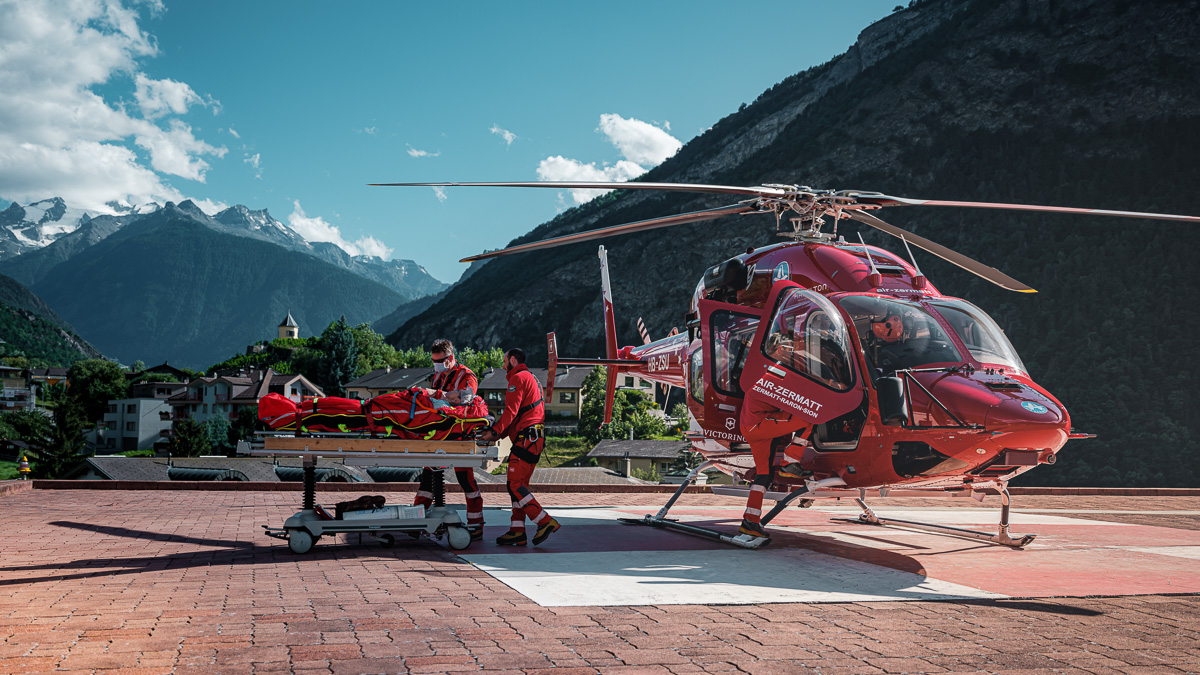
![[Translate to EN:]PAX rescue bag RTS Air flight in front of Matternhorn ©Christian Pfammatter](/fileadmin/user_upload/airzermatt_bildergalerie-40.jpg)
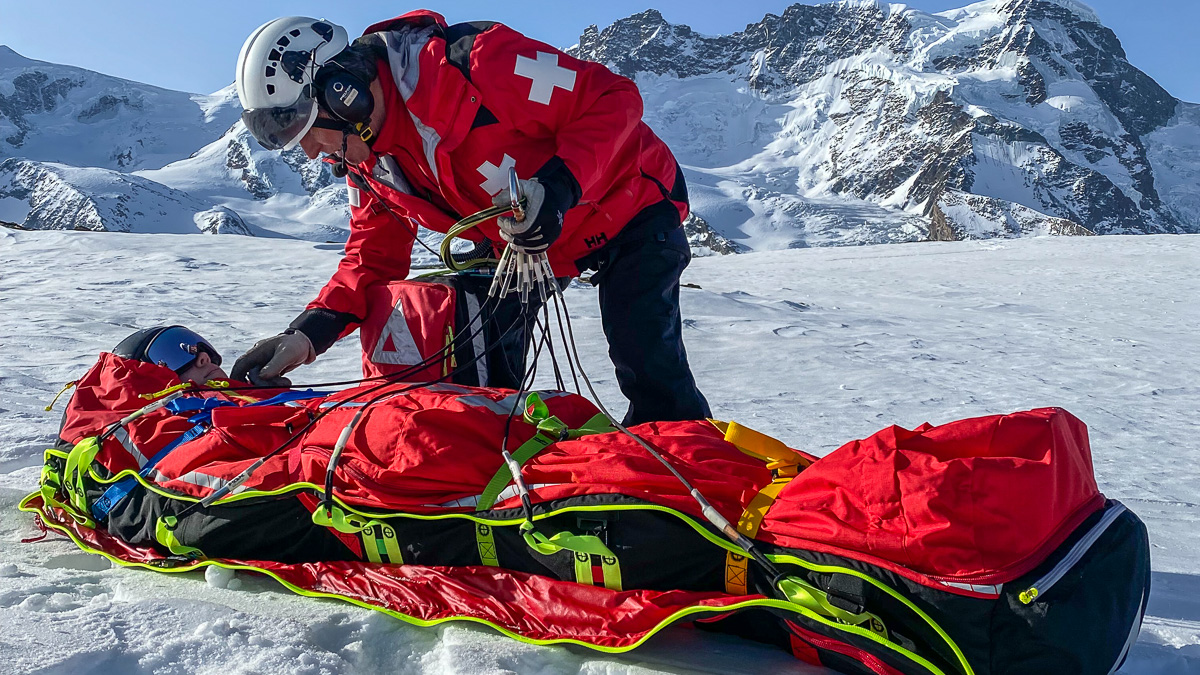
![[Translate to EN:] PAX Rettungssack RTS Air kurz vor Abflug ©Christian Pfammatter](/fileadmin/user_upload/airzermatt_bildergalerie-11.jpg)

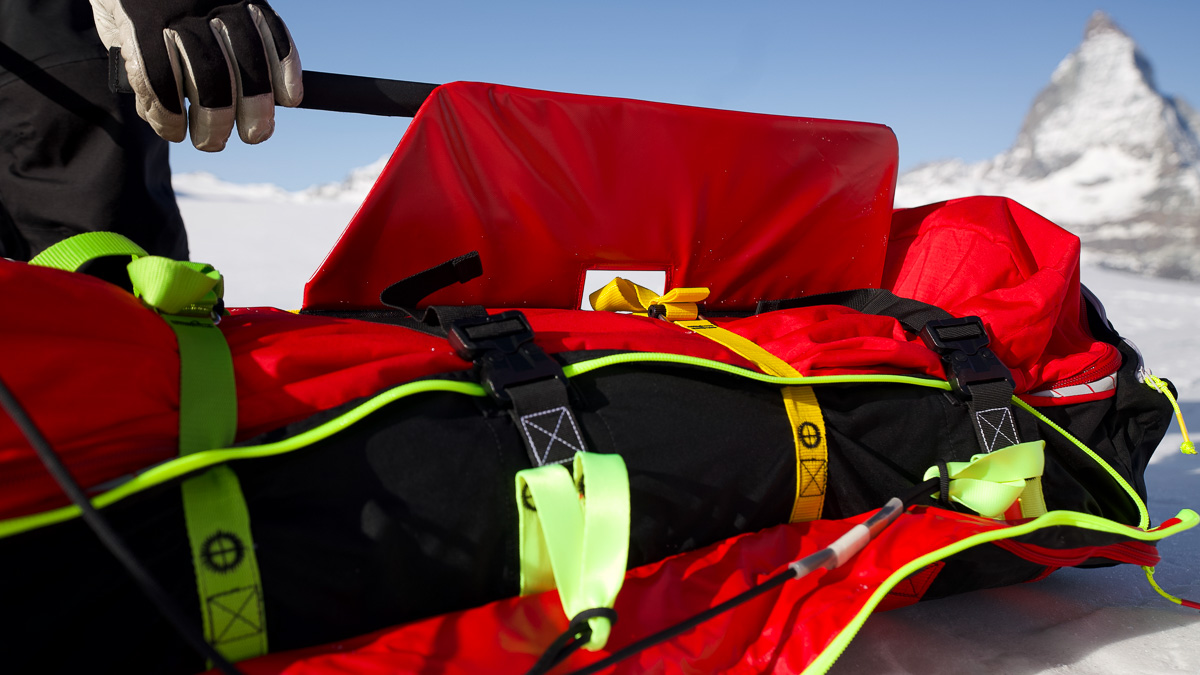

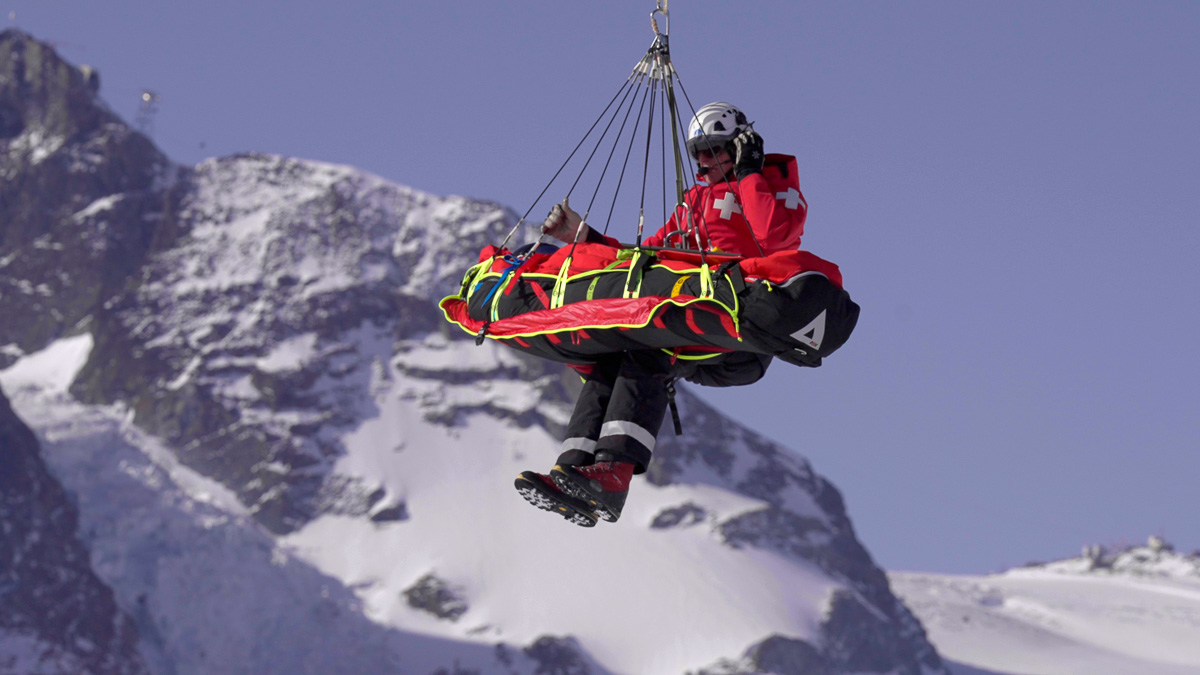
![[Translate to EN:] PAX rescue bag RTS After landing station ©Christian Pfammatter](/fileadmin/user_upload/airzermatt_bildergalerie-7.jpg)